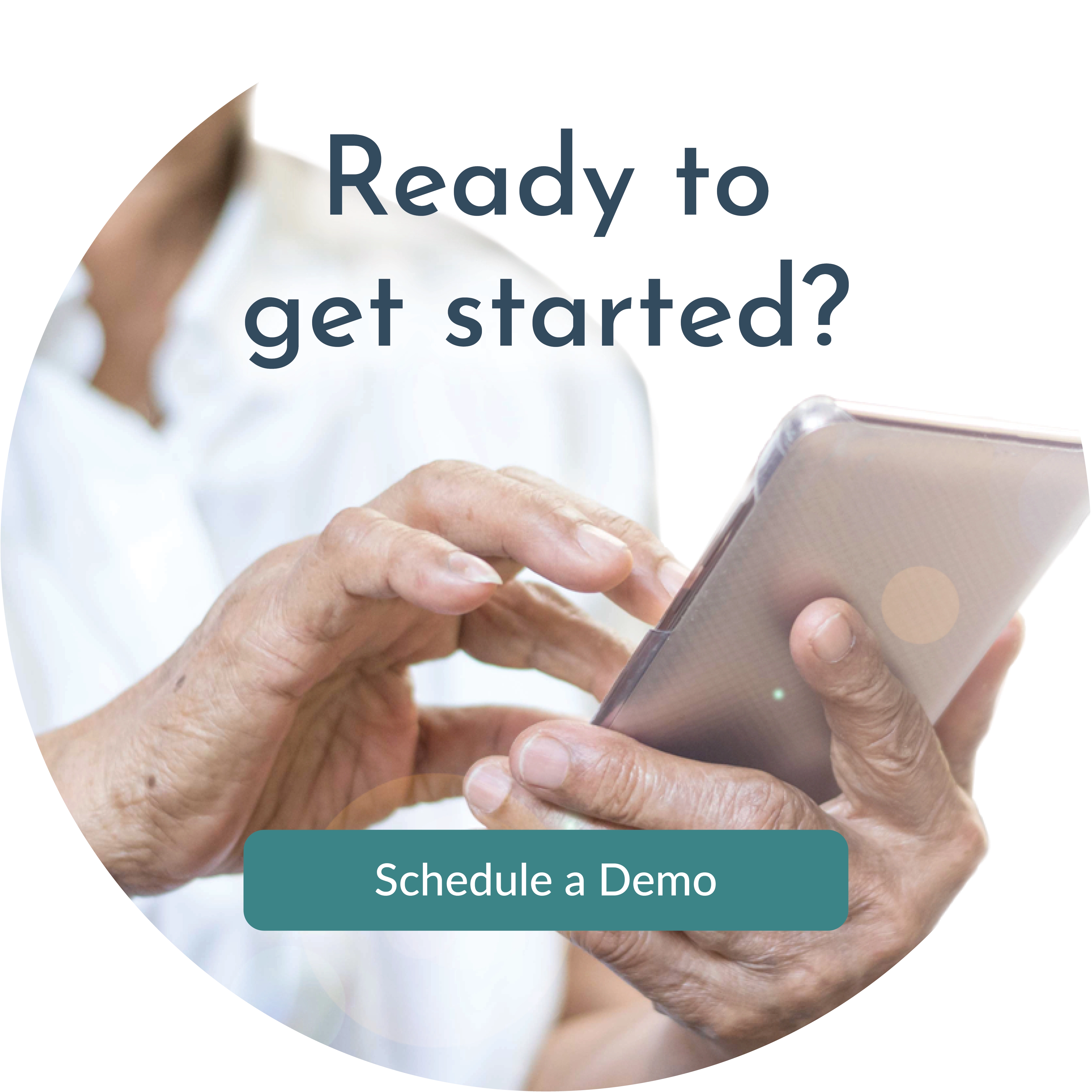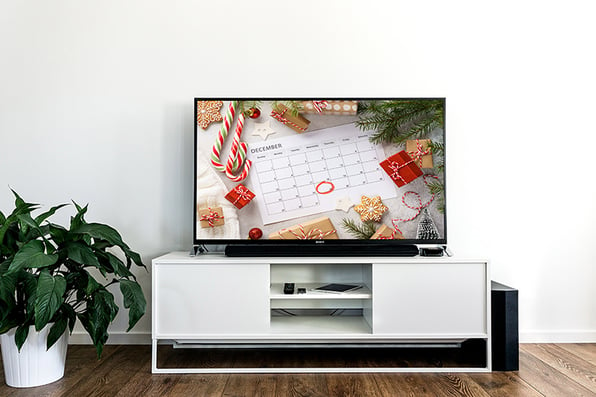Why future residents have a need for technology in their next move

Why future residents have a need for technology in their next move
Connected technology in our homes, is quickly becoming a daily routine and for good reason: it offers entertainment, companionship, convenience, connection to others and safety. According to Pew Research roughly half of older adults who own cell phones have some type of smartphone; just five years ago that share was only 23%.
As a hands-on leader in the senior living technology space I can say that my experience has given me first-hand insight and understanding of how technology can, and does, help enrich the lives of those we serve at Viibrant everyday. Through Viibrant’s cutting edge technology our residents are able to continue learning, socializing and doing the things they enjoy doing, which helps them to stay engaged, informed, in touch and in control. These technologies also help to foster relationships between staff and residents, this creates a central place for both the staff member and resident to engage together and create a sense of community within their organization.
Creating a sense of connectivity
We see older adults becoming increasingly savvy with laptops, tablets and smartphones daily. Today’s older adults want ready access to all the internet has to offer, at anytime. Whether that is accessing their community portal, conveniently asking Alexa the weather for today or paying their bills on their mobile device. Connectivity is also a huge factor for implementing technology within senior-living communities. Whether looking for a companion, or being able to stay connected to community happenings, and other residents, the need for such technology is becoming prevalent in all spectrums of care – from assisted living to independent living.
The demand for a resident centric communication platform for communities is growing, but why?
- Ease of use
- Connectivity
- Staying up to date
- Engaging with residents and staff
Technology is not only for independent living residents
Today’s technology is not just for independent living residents and here’s why: now we have access to voice technology, kiosks, digital signage and so much more that makes technology useable and accessible for all types of users.
In the space we see the leading factors of non-usage among residents to be: physically disabled and the resident who is a non-user of technology. With our industry-leading solutions we have found ways to offer options to residents who classify as either.
Vision impairments
How do we make adjustments as a provider for low-vision? This is probably one of the most commonly asked questions we receive on a daily basis. We provide vision compliant solutions that cater to the residents that we serve with low-vision. Within each portal we custom-build zoom options for residents to be able to adjust their screen to view the portal comfortably, by setting their own viewing standards. The revolutionary thing here is that the zoom percentage a resident sets a page to, it stays that way through their entire session until they log out – no more having to adjust pages each time you navigate to a new page.
Non-users of technology
Within every community there will be residents who will not embrace new technology welcomingly. They don’t like change, and want things to continue as they have been. Why do they need to sign-up for events on a resident portal, when they can just continue doing so in the event sign up book? It is sometimes hard for residents to conceptualize the advantages of a digital solution, why fix it if it ain’t broke? With our kiosk user role we have found a way for residents who don’t own a computer, smartphone or tablet to be able to access the technology and participate. This creates a public outlet residents can go to whether at the concierge desk or in the computer lab they can look up other residents, make a dining reservation, sign up for an event and so much more, just like residents with personal devices are able to.
Voice recognition
Voice recognition technology has become one of the most commonly utilized tools within assisted living and long-term care. We are seeing these residents facing cognitive and physical difficulties, and have left behind their familiar surroundings. Specifically, we see Alexa devices used as tools of memory stimulation, to play music and even for companionship. While Alexa offers several advantages from an engagement perspective, the most utilized from the resident’s point of view is music. Music helps them find renewed meaning and connection in their lives in the present and helps them reconnect with their past.
With our custom-skill built for your portal residents also have the ability to engage with the community portal through voice technology, everything they can do within the portal on a computer – they can do with Alexa. Resident look up, making a dining reservation, signing up for an event… they can do it all through two-way voice technology with Alexa.
Voice recognition technology has truly become a way of life for those residents in all levels of care across senior living today. If your community is looking to implement resident centric technology or has already made the leap, future residents looking to move into the retirement portion of their lives, want and need today’s most cutting edge technology offerings. How is your community preparing for the future of technology?




